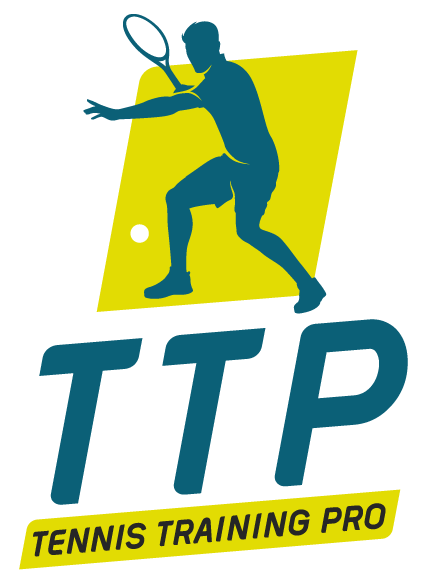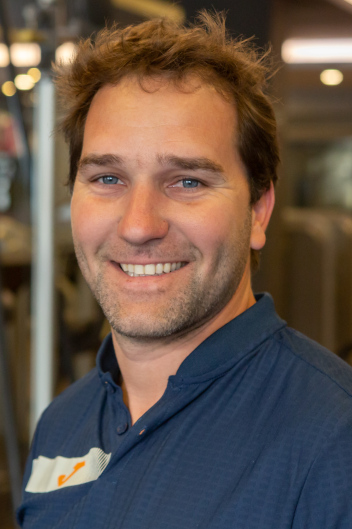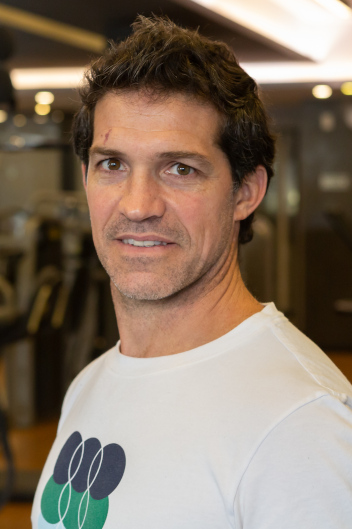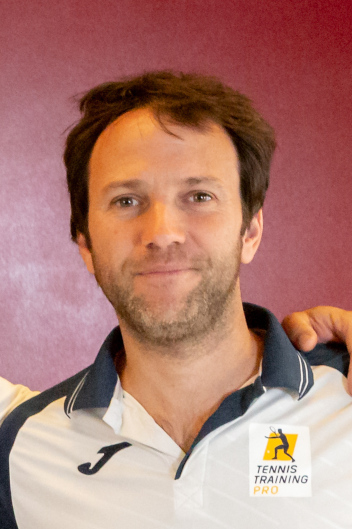The Evolution of Physical Training in Tennis: From Youth to High Performance
23 de April, 2025
A tennis player’s development does not depend solely on technical or tactical skills. Physical training plays a central role at every stage of the developmental process, and its planning must be adapted to biological maturation, competitive demands, and the athlete’s playing style. Below is a progression proposal aimed at high performance, from a professional physical conditioning perspective.
🔹 Initiation Stage (ages 9 to 12)
Main goal: develop basic motor patterns, coordination, and body control.
At this stage, it’s essential to build a broad base of motor skills. Variability is prioritized over early specialization. The focus is on movement learning, not training load.
Key physical components:
• Reaction, chasing, and decision-making games
• Basic jumping without excessive impact, balance and proprioception exercises
• Global joint mobility and postural control
• Introduction to body awareness and breathing
Training should be playful, dynamic, and adapted to each child’s individual maturation.
🔹 Formative Stage (ages 13 to 15)
Main goal: introduce strength training, improve aerobic capacity, and develop specific on-court mobility techniques.
With the onset of adolescence and the first hormonal changes, it becomes possible to safely and progressively train specific physical qualities.
Key physical components:
• Bodyweight exercises, bands, and minimal external loads
• Agility and court mobility training focused on acceleration and direction changes
• Core stability and body axis control
• Low-to-moderate intensity intermittent aerobic work
• Preventive exercises (ankles, knees, shoulders)
Weekly training loads begin to be planned, considering early tournament participation and the player’s growth.
🔹 Transition to High Performance Stage (ages 16 to 18)
Main goal: develop maximum strength, power, speed, and specific endurance. Sessions aim to transfer physical gains to footwork and movement on court.
At this point, players are already immersed in the junior competitive circuit and begin to face physical demands similar to professional tennis.
Key physical components:
• Strength training with barbells, dumbbells, and multi-joint exercises
• Plyometrics (depth jumps, reactive jumps, controlled landings)
• Short sprints with sleds, bands, or progressive overload
• High-intensity interval training (HIIT, tennis-specific methods)
• On-court mobility drills targeting individual deficits
• Functional assessments, load monitoring, and corrective work
Training becomes individualized based on the player’s profile, physical background, and competition calendar.
🔹 Professional Stage (18+ years)
Main goal: optimize physical performance, sustain it throughout the season, and reduce injury risk.
At the high level, the athlete’s body must function like a precision tool. Every detail matters.
Key physical components:
• Detailed periodization of strength, power, and recovery based on tours
• Load, deload, and regeneration microcycles adapted to the schedule
• Constant performance assessments (jumps, speed, isometric strength)
• Individualized corrective and preventive work
• Integrated nutritional, therapeutic, and psychological support
The body is trained not only to compete, but to tolerate the repetitive stress of the circuit and maintain performance year-round.
🔹 Final thoughts
Success in modern tennis cannot be separated from a planned, individualized physical development that aligns with the athlete’s biological age and competitive context. A progressive training structure not only supports high performance but also extends athletic careers and minimizes the risk of chronic injuries.
This evolution does not happen automatically—it requires coordinated work among strength coaches, physiotherapists, technical coaches, and sports medicine professionals. A tennis player’s comprehensive development starts long before reaching the professional circuit.

Physical training plays a central role at every stage of the developmental process, and its planning must be adapted to biological maturation, competitive demands, and the athlete’s playing style. Below is a progression proposal aimed at high performance, from a professional physical conditioning perspective.
 ES
ES EN
EN PT
PT